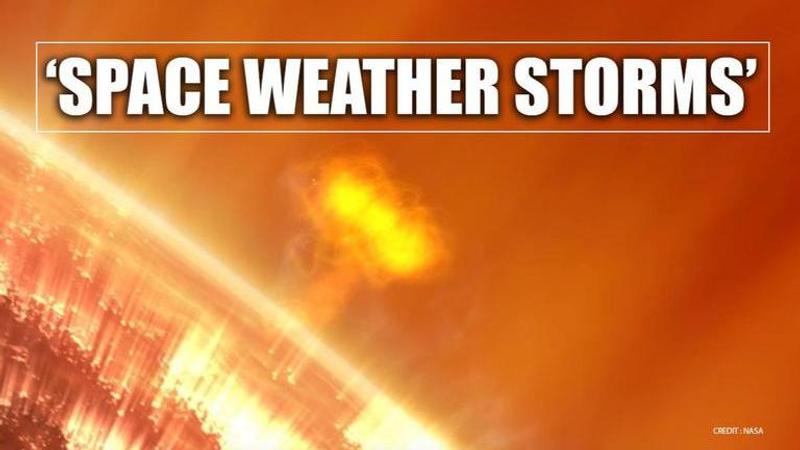Published 15:27 IST, March 31st 2020
NASA announces new mission to study causes of solar particle storms, names it 'SunRISE'
NASA selected a new mission called the Sun Radio Interferometer Space Experiment (SunRISE) to study how the Sun generates & releases giant space weather storms.

NASA has selected a new mission called the Sun Radio Interferometer Space Experiment (SunRISE) to study how the Sun generates and releases giant space weather storms, known as solar particle storms, into the planetary system. According to NASA’s official website, the information from the new mission will improve the understanding of how the solar system works. Furthermore, it will also help protect astronauts travelling to the Moon and Mars by providing better information on how the Sun’s radiation affects the space environment they travel through.
The new mission is an ‘array of six CubeSats’ which will be operating as one very large radio telescope. In a bid to design, build and launch the mission, NASA has awarded $62.6 million. The launch will be no earlier than July 1, 2023.
According to the official site, Nicky Fox, the director of NASA’s Heliophysics Division, said, “We are so pleased to add a new mission to our fleet of spacecraft that help us better understand the Sun, as well as how our star influences the space environment between planets”.
He further said, "The more we know about how the Sun erupts with space weather events, the more we can mitigate their effects on spacecraft and astronauts”.
Mission to study giant space weather particle storms
NASA website further reveals that the mission design relies on six solar-powered CubeSats to observe radio images of low-frequency emission from solar activity and share them via NASA’s Deep Space Network. The constellation of CubeSats will also fly within six miles of each other, above the Earth’s atmosphere. Furthermore, the site explains that together, the six CubeSats will create 3D maps to pinpoint where giant particle bursts originate on the Sun and how they evolve as they expand outward into space.
Thomas Zurbuchen, mission’s principal investigator, also took to Twitter to explain the mission further.
Updated 15:27 IST, March 31st 2020



